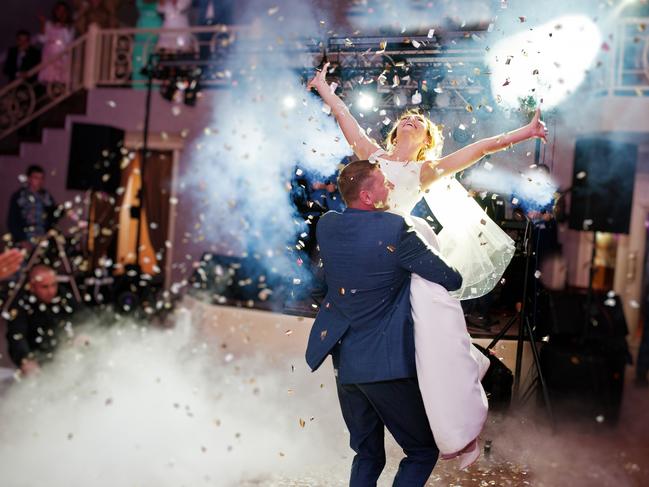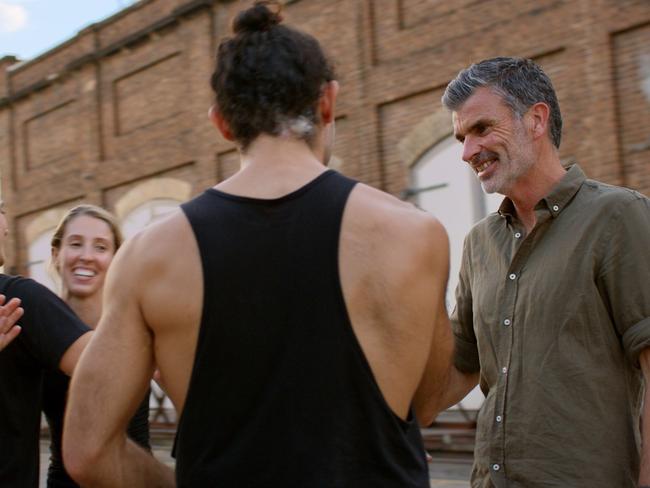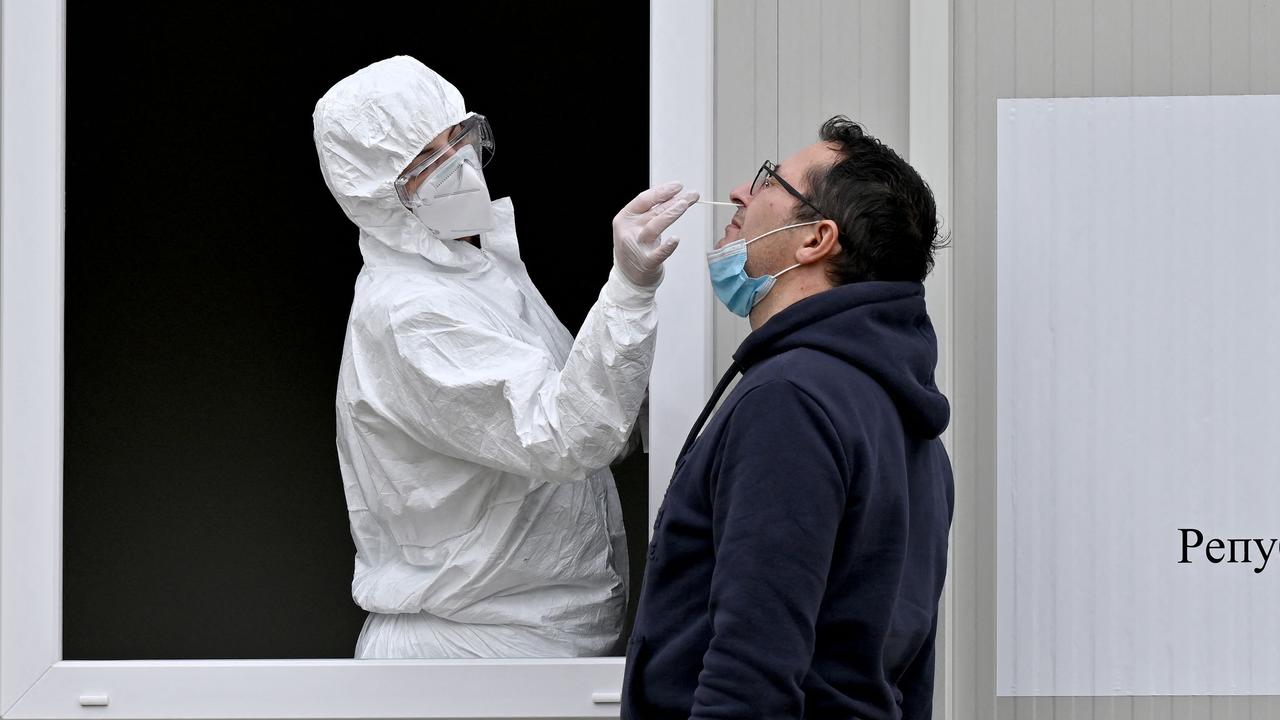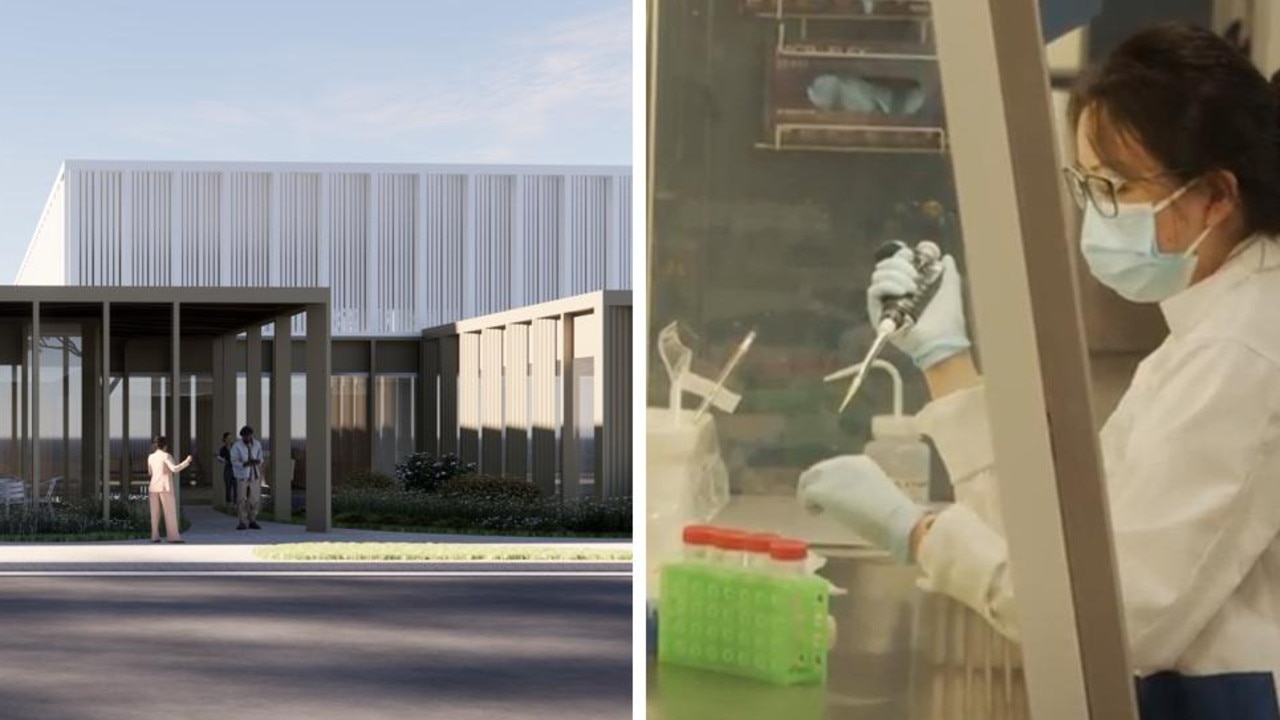Venues hope for dance-led recovery
The return of dancing to nightclubs and at weddings is expected to bring back thousands of hospitality jobs, while new research has revealed just how much Aussies love to boogie.
Coronavirus
Don't miss out on the headlines from Coronavirus. Followed categories will be added to My News.
IT’S time to get your steps up, Australia. With licensed venue restrictions eased in NSW and Victoria this week, dancers are set to make up for some of the estimated 131 million hours of dancefloor time lost this year due to COVID-19.
The rules for dancing still vary in each state and territory. NSW and Victoria now have dancefloor caps of 50 in nightclubs and at wedding parties, while Queensland and South Australia permit dancing at receptions (capped at 150 in SA), but not in nightclubs. Dancing in Tasmania is still restricted to just the bridal party at weddings, as well as prearranged classes.
John Green from the Australian Hotels Association told News Corp the new rules in NSW and Victoria were “an early Christmas present for licensees and patrons” and would have a big impact on the sector’s ability to employ staff.
Job increases could be up to 9000 in NSW alone as a result of the eased restrictions, he said.
The removal of the total venue cap of 300 would enable some larger premises to re-open, Mr Green said, but the dancefloor cap of 50 would continue to constrain some.
“If there are continuing days of zero or low transmission, we expect further relaxation will flow in coming weeks,” he said.

Ian Smith from Australian Venue Co, which operates Bungalow 8 and Cargo nightclubs in Sydney, and Fargo & Co and Perseverance in Melbourne, said the return of dancefloors “reinforces the incredible job that the state governments and locals have done to safely lead us into summer”.
“The move will have a tremendous impact on the local music industry devastated by this year’s events, and inject much-needed energy and vibrancy back into city night-life,” he said.
A survey commissioned by health fund Medibank for its Live Better program revealed Aussies logged a total of 324 million hours of dancing in 2019, or about 13 hours per person, but that tally was slashed by 40 per cent in 2020.
Weddings remain our most popular opportunity for cutting rug, with 24 per cent of survey respondents saying that was when they were most likely to dance. This was followed by family and friends’ birthdays (16 per cent), nightclubs (11 per cent) and live concerts (6 per cent).
Sports scientist Dr Craig Duncan told News Corp dancing increased aerobic fitness and flexibility and had proven mental health benefits.
“When our heart gets to a certain zone, about 60 per cent of our maximum heart rate, then we start to get a physical benefit in respect to our cardiovascular system,” he said.
“Like anything, the more intense you do something, the greater the caloric expenditure will be.”

While most people say they enjoy dancing, Dr Duncan said the rate at which the body released serotonin – the feel-good hormone which promotes a state of “flow” – depended on the individual. Sixty per cent of respondents to the Medibank research reported feeling a positive change from dancing within five minutes.
While dancing’s benefits may seem obvious to those who enjoy it, nearly one in three survey respondents (30 per cent) said they never do it. About the same proportion said they were not confident in their dancing, and 54 per cent said they would only ever dance with other people, and never solo.
Dr Duncan has teamed with the Sydney Dance Company (SDC) to create the World’s Fittest Dance, a routine for the entire body that can be repeated and stepped up for those at higher fitness levels.

Members of the company were fitted with accelerometers and step counters to track their cardiovascular response to the routine, with SDC choreographer Holly Doyle reporting it “really challenged our bodies’ endurance”.
Dancing could be a perfect way to get our COVID-soft bodies back into shape, Dr Duncan suggested.
“No matter which state or territory you live in, this year has challenged Australians. For some, it’s confronting to see how different your body may feel compared to this time last year, particularly if you’ve been working from home – and as a result travelling and moving less,” he said.
“Dancing is the perfect way to get moving, get active and have fun.”





